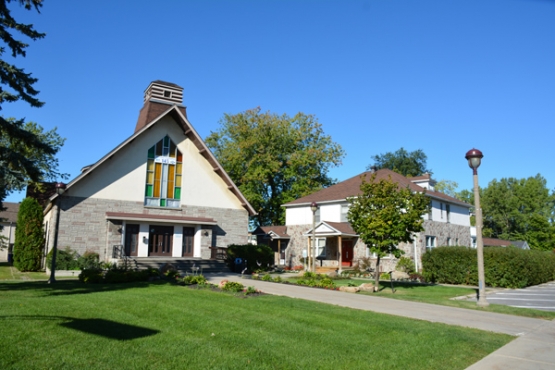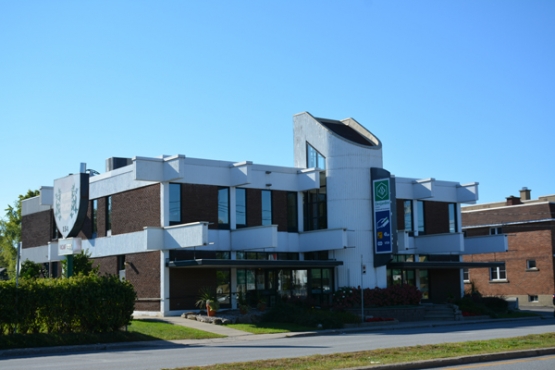HARWOOD BOULEVARD
Interesting places nearby
Because of Ottawa River’s Quinchien rapids, located between the Vaudreuil Seigneury and that of Île Perrot, this sector of the City of Vaudreuil-Dorion has undergone a particular and unique development. Originally dedicated to agriculture, the Pointe de Quinchien was home to the manor house of the Chartier de Lotbinière family from 1765, a watermill in 1768 and a locked canal in 18161. However, the Grand Trunk Railway construction between 1854-1856 that linked Montréal to Toronto and the arrival of the first vacationers some 15 years later, led to the creation of a new village core (Vaudreuil-Station), which was officially named Dorion on December 30, 1890. In 1925, the landscape was further modified with the inauguration of the Taschereau Bridge linking Île Perrot to the Pointe de Quinchien. The influx of vehicles passing by encouraged the emergence of businesses, hotels, and restaurants along Harwood Avenue (Harwood Boulevard), which also joins Highway 17 between Montréal and Ottawa. In the 1960s, influenced by urban planner Jean-Claude LaHaye (1923-1999), Harwood Boulevard took on the appearance we know today (four-lane commercial strip model)2. In 2014-2015, a project to enhance Harwood Boulevard was launched in order to allow future redevelopment and to improve its quality and accessibility to its population3.





















